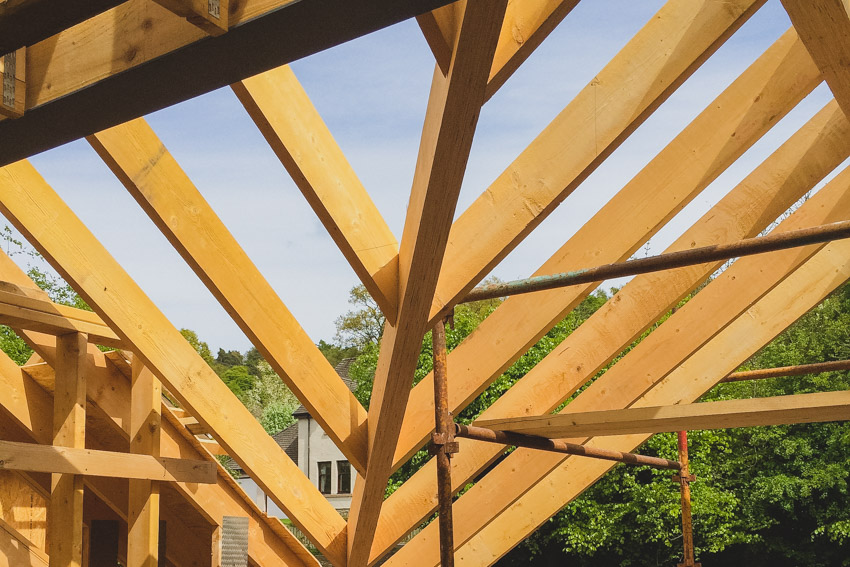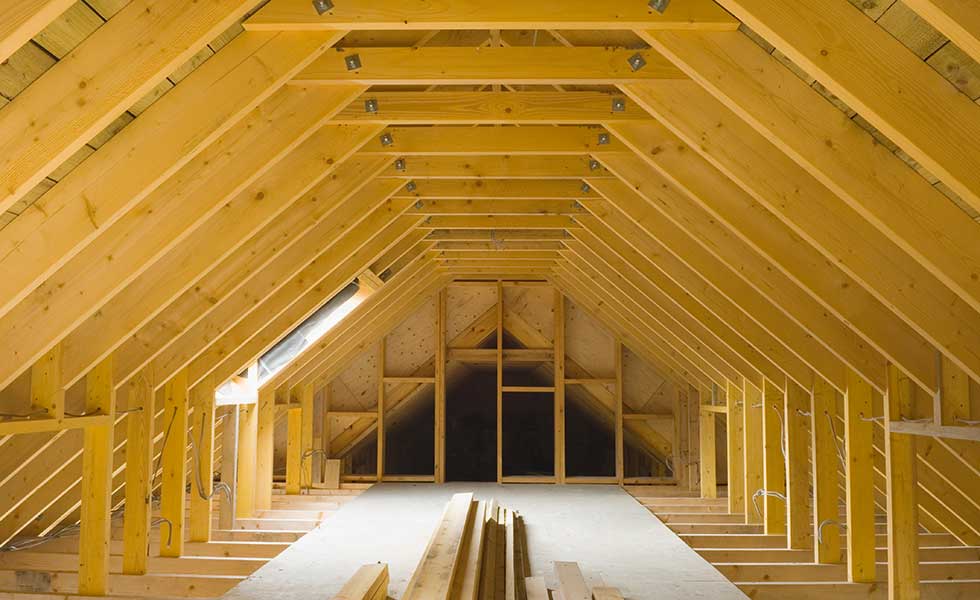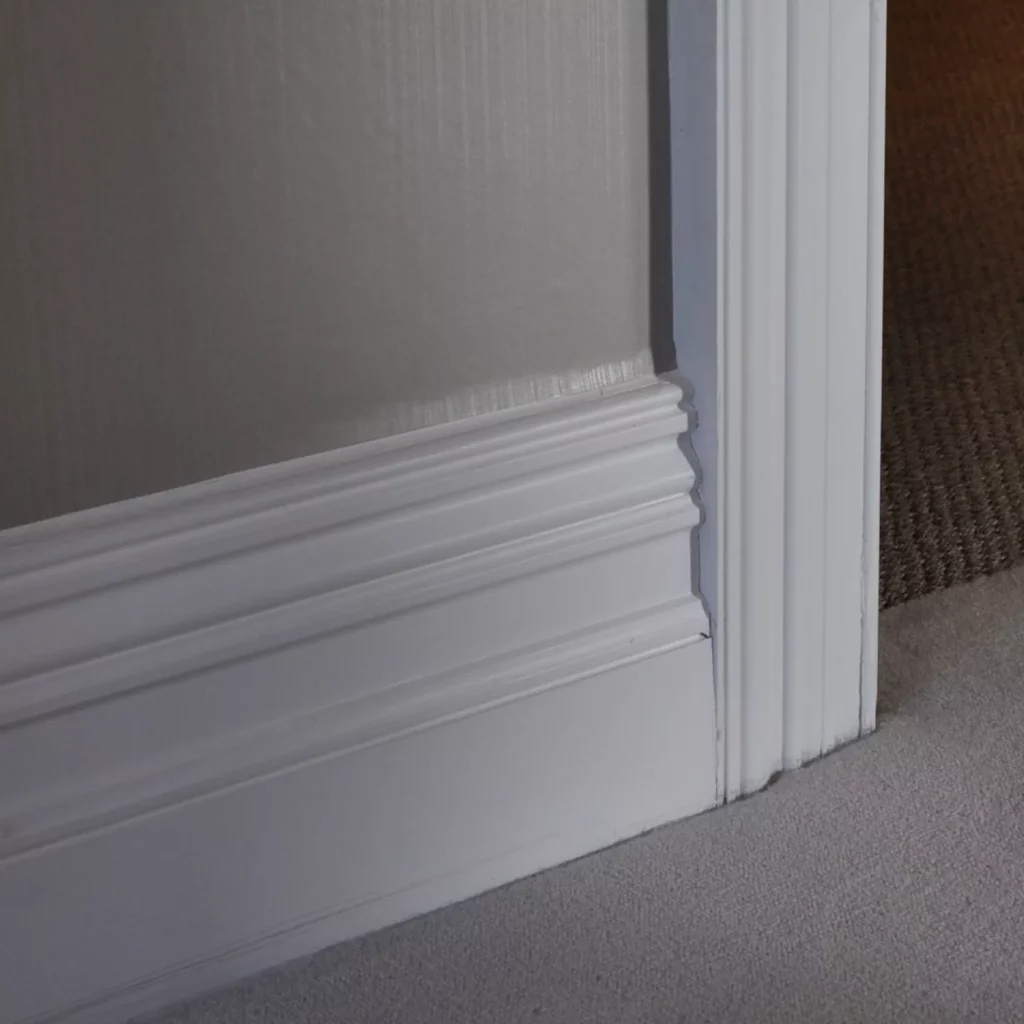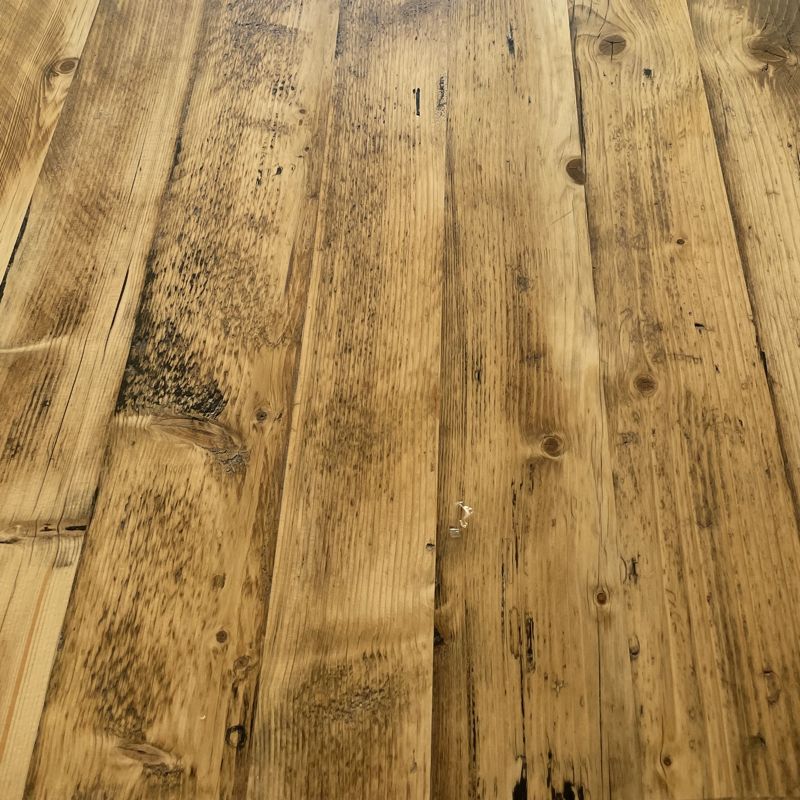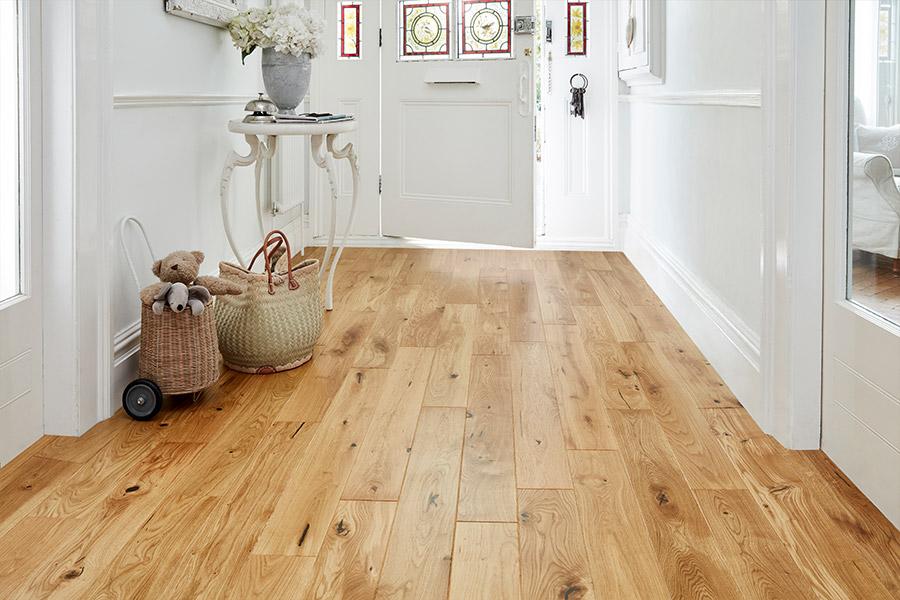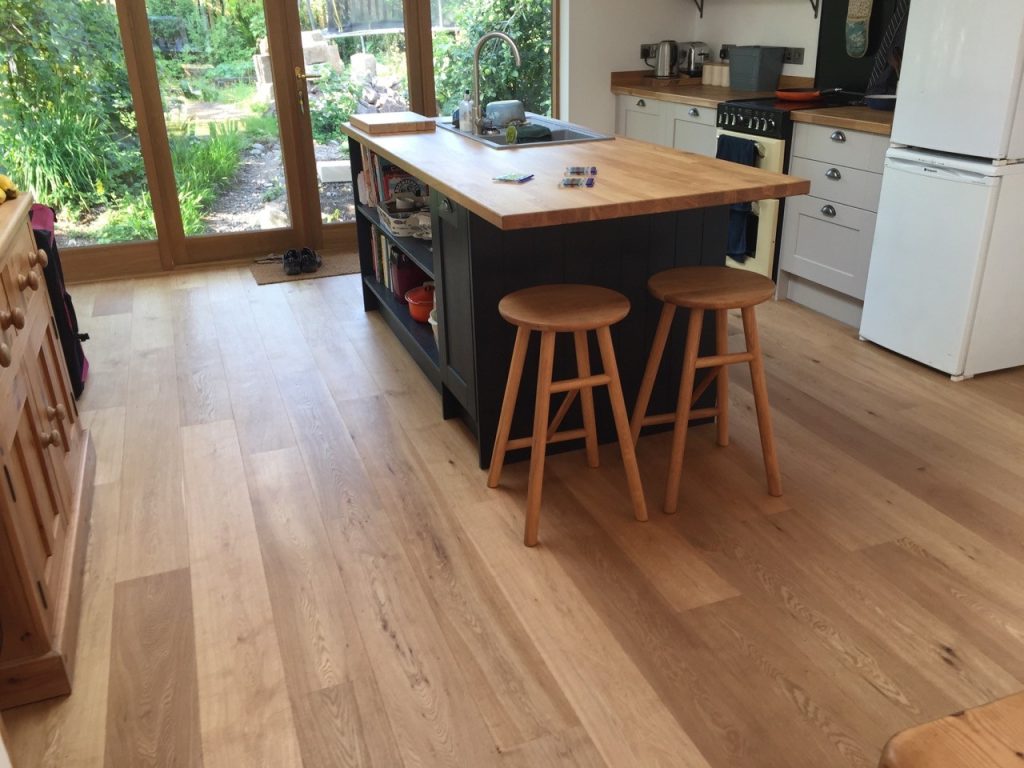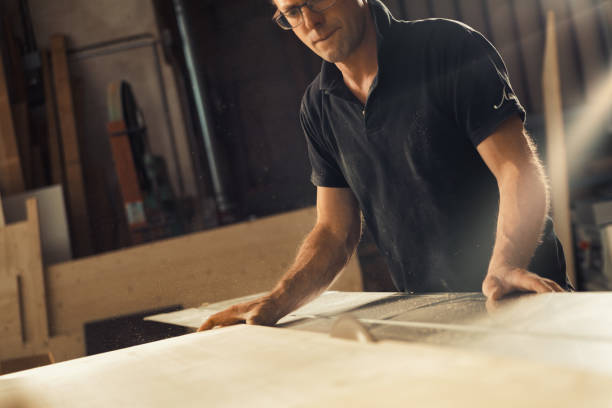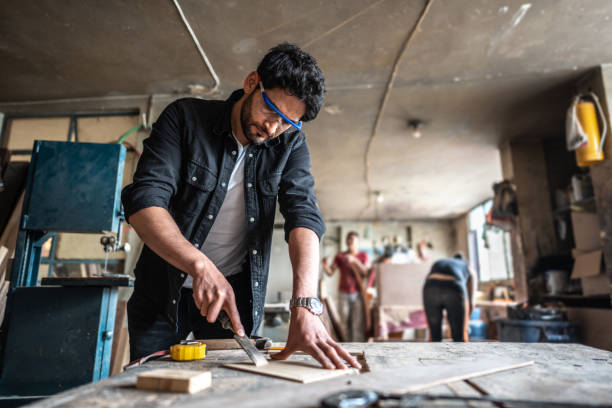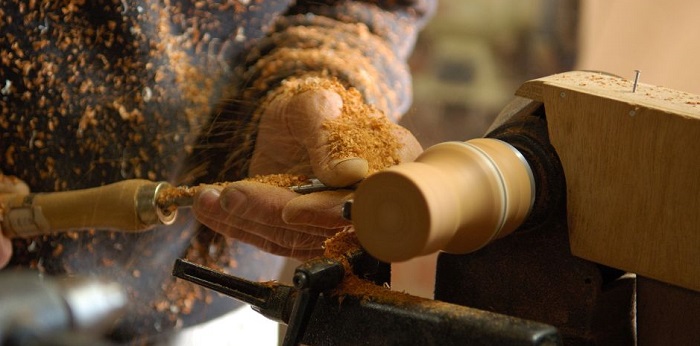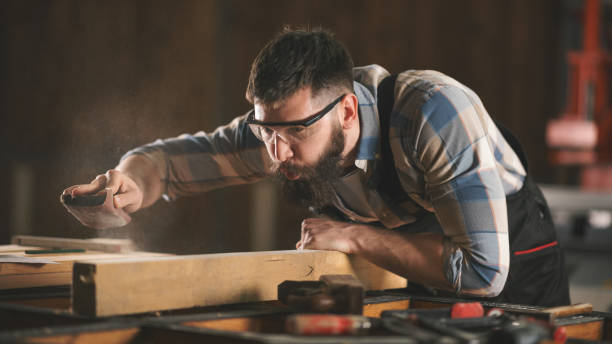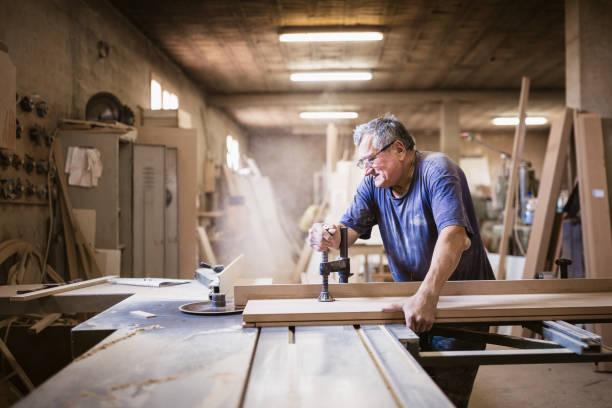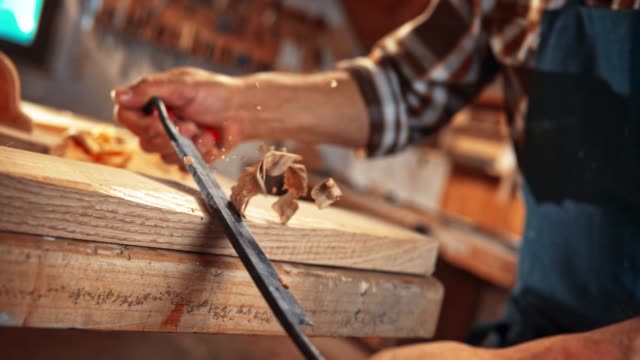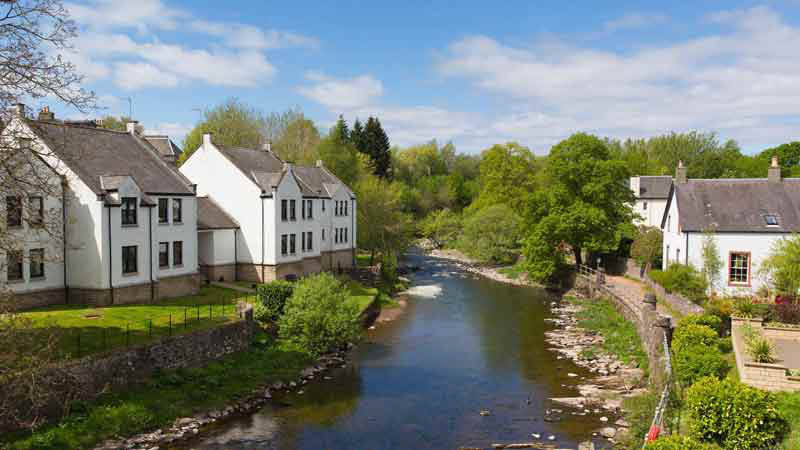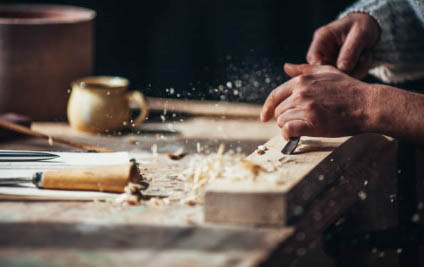Haggis, Scotland’s iconic dish, is more than just a meal—it’s a symbol of cultural pride and culinary tradition. Traditionally made from sheep’s pluck (heart, liver, and lungs) minced with onion, oatmeal, suet, spices, and salt, and encased in the animal’s stomach, haggis is celebrated for its rich, earthy flavor and historical significance. While some may be hesitant to try this dish due to its unique ingredients, haggis is a must-try for anyone interested in Scottish cuisine. Buy haggis online.
In today’s globalized world, where authentic regional dishes are often difficult to find outside their native countries, purchasing haggis online has become an increasingly popular option. Among the many producers, Macsween Haggis stands out as a top choice for those looking to buy haggis by mail order. Whether you’re a seasoned haggis lover or a curious newcomer, buying haggis online, particularly from Macsween, offers a host of benefits.
- Convenience and Accessibility
One of the primary reasons to buy haggis online is convenience. In many parts of the world, finding authentic haggis in local stores can be a challenge. Specialty shops may carry it, but they are often few and far between. By purchasing haggis online, you can have this traditional Scottish delicacy delivered directly to your doorstep, no matter where you live.
Moreover, buying haggis online saves time and effort. You no longer need to search through multiple stores, hoping to find a supplier that stocks haggis. With a few clicks, you can place your order, and your haggis will be shipped to you. This convenience is especially valuable for those who live in areas where haggis is not readily available.
- Quality Assurance
When purchasing food online, particularly a dish with such a strong cultural identity as haggis, quality is a significant concern. Macsween Haggis, a family-run business with over 60 years of experience, is renowned for its high-quality products. By ordering from Macsween, you can be confident that you are receiving haggis made from the finest ingredients, following traditional recipes that have been perfected over generations.
Buy MacSween haggis
Macsween Haggis is known for its commitment to quality, using only the best locally sourced ingredients. The company follows rigorous quality control processes to ensure that each product meets the highest standards. This dedication to quality has earned Macsween numerous awards and accolades, making it a trusted choice for haggis lovers worldwide.
- Variety of Options
Another advantage of buying haggis online, particularly from a producer like Macsween, is the variety of options available. While traditional haggis remains the most popular choice, Macsween offers a range of products to cater to different tastes and dietary requirements.
For example, Macsween produces a vegetarian haggis, which has gained popularity among those who want to experience the flavors of haggis without consuming meat. This vegetarian version is made with a blend of pulses, seeds, and vegetables, seasoned with the same spices that give traditional haggis its distinctive taste. Macsween also offers gluten-free options, ensuring that those with dietary restrictions can still enjoy this iconic dish. Haggis mail order.
In addition to different varieties, Macsween Haggis is available in various sizes, making it easy to find the right amount for your needs. Whether you’re planning a small dinner for two or a large celebration, you can choose the perfect size to suit your occasion.
- Authenticity and Tradition
Haggis is deeply rooted in Scottish tradition, and for many, it is more than just a dish—it’s a symbol of Scottish heritage. When you buy haggis from Macsween, you are not only purchasing a meal but also a piece of Scottish culture.
Macsween Haggis is made using traditional recipes that have been passed down through generations. The company takes pride in preserving the authenticity of its products, ensuring that each bite of haggis reflects the true flavors of Scotland. For those who want to experience the genuine taste of haggis, Macsween is an excellent choice.
Moreover, Macsween’s commitment to tradition extends beyond its products. The company actively supports Scottish culture and events, including Burns Night, a celebration of the famous Scottish poet Robert Burns, where haggis plays a central role. By purchasing haggis from Macsween, you are supporting a company that values and promotes Scottish heritage.
- Sustainability and Ethical Sourcing
In today’s world, consumers are increasingly concerned about the environmental and ethical implications of their food choices. Macsween Haggis addresses these concerns by prioritizing sustainability and ethical sourcing in its production processes.
The company is committed to using locally sourced ingredients, which not only ensures freshness and quality but also supports local farmers and reduces the carbon footprint associated with transportation. Macsween also follows ethical practices in its supply chain, ensuring that all ingredients are sourced responsibly.
Grants Tinned Haggis
Furthermore, Macsween is dedicated to reducing waste and promoting sustainability in its operations. The company has implemented various initiatives to minimize its environmental impact, such as reducing packaging waste and using eco-friendly materials. For consumers who prioritize sustainability, Macsween Haggis is a responsible choice.
- Culinary Adventure
For those who love to explore new cuisines, haggis offers a unique culinary adventure. Its rich, savory flavors and distinctive texture make it a memorable dish that stands out from more familiar foods. By buying haggis online, you have the opportunity to bring this authentic Scottish dish into your home and experience something truly different.
Cooking and serving haggis can also be a fun and educational experience. Whether you’re preparing it for a traditional Burns Night supper or simply trying it for the first time, haggis allows you to connect with Scottish culture in a meaningful way. Macsween Haggis comes with cooking instructions and serving suggestions, making it easy for even novice cooks to prepare and enjoy.
- Special Occasions and Celebrations
Haggis is often associated with special occasions, particularly Burns Night, which is celebrated on January 25th each year. During this event, Scots and haggis enthusiasts around the world gather to honor Robert Burns with poetry, music, and a traditional haggis dinner.
By purchasing haggis online, you can ensure that you have the perfect centerpiece for your Burns Night celebration. Macsween Haggis is a popular choice for such events, as its high quality and authentic flavor make it ideal for serving to guests.
In addition to Burns Night, haggis can be enjoyed on other special occasions, such as St. Andrew’s Day or Hogmanay (New Year’s Eve). It also makes a unique and thoughtful gift for friends or family members who appreciate Scottish culture or are interested in trying new foods.
- Global Reach and Community
One of the benefits of buying haggis online is the ability to connect with a global community of haggis enthusiasts. Thanks to the internet, haggis lovers from all over the world can share their experiences, recipes, and tips for enjoying this traditional dish.
Macsween Haggis has a strong online presence, with a community of loyal customers who share their love for haggis on social media and other platforms. By purchasing Macsween Haggis by mail order, you become part of this community, where you can exchange ideas, learn new ways to enjoy haggis, and celebrate Scottish culture together.
Buying MacSween haggis online, particularly from a reputable producer like Macsween, offers numerous advantages, from convenience and quality assurance to the opportunity to explore authentic Scottish cuisine. Whether you’re preparing for a special occasion or simply want to try something new, ordering haggis by mail ensures that you can enjoy this iconic dish no matter where you are in the world.
Grants tinned haggis also stands out for its commitment to quality, tradition, and sustainability, making it an excellent choice for both seasoned haggis enthusiasts and newcomers alike. By choosing Macsween, you are not only getting a delicious meal but also supporting a company that values Scottish heritage and ethical practices. So why not embark on a culinary adventure and order haggis online today?
Buy haggis online today!
